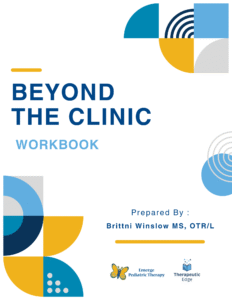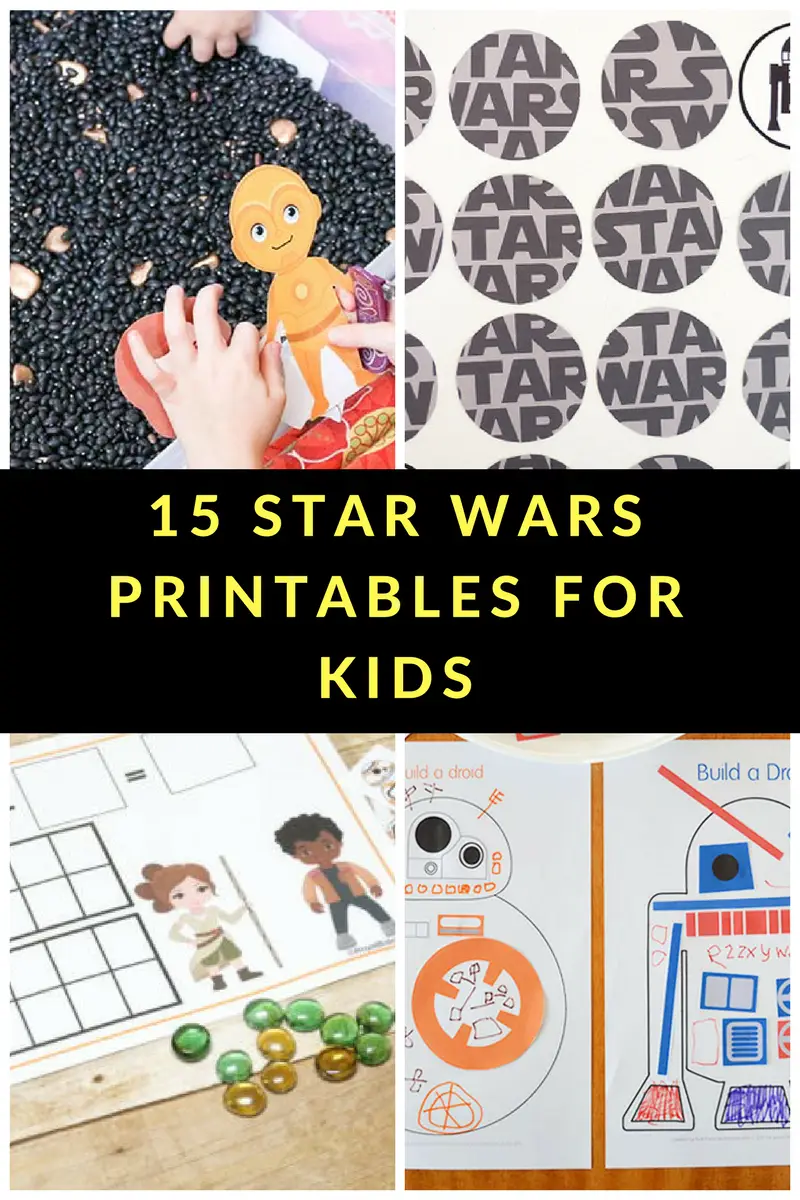
Oral-Motor Therapy for Children With Eosinophilic Disorders

Children with disorders of the gastrointestinal tract, including those with Eosinophilic Diseases commonly experience pain during eating. As a result, the child may develop resistance or anxiety surrounding feeding. The placement of gastric tubes can further complicate the situation as children who require delivery of nutrition via a tube may not have the opportunity to explore the various tastes and textures of food. Typically, when a child does not have an impairment of the GI tract, feeding progresses naturally and is most likely a pleasurable experience. Babies are born with the innate ability to suck and as their gag reflex disappears, the child be gins to accept solid foods with variances in texture and taste. Eating becomes social and pleasurable. As the child learns the skills of chewing, including moving food items with the tongue and muscles of the mouth, he develops key skills which will bring about successful eating habits in the future. It is also important to note that the ability to eat helps develop the oral structures necessary for speech production and vice versa.
Oftentimes, when children have a negative experience with eating, a bad memory will form. If this is repeated over time, resistance to trying new foods OR anxiety surrounding eating can result. It can be difficult for families to determine exactly when or why a feeding difficulty may have occurred. When a child is not able to eat a diet full of variety in texture and taste, sensory defensiveness may result. This means that the child may exhibit behaviors such as gagging, choking, or avoidance of certain foods based on their perception of the food’s properties.
Here are some signs to look for:Gagging, spitting, or vomiting "safe" foods
Refusal to use a fork or spoon.
Dislike of hands and mouth being messy.
Difficulty moving food from one side of the mouth to the other OR pocketing/holding food in the cheek.
Negative reactions to the smell of food.
Gulping or swallowing food without chewing it.
Throwing food or refusing it altogether.Increased negative "behaviors" or tantrums surrounding mealtime.
Interoception is our eighth sensory system. It helps us to be aware of our thoughts and emotions. One of the most important things about interoception is it helps us know when we are hungry, thirsty, full, need to go to the bathroom (poop and urine). Many children with sensory sensitivities can work on their interoceptive systems with targeted activities. Learn more in our earlier post.
It is commonly the job of occupational therapy practitioners to help remediate feeding difficulties with children who may or may not have a medical diagnosis. OTs are specifically trained to consider the child’s unique situation as well as the importance of feeding in the family’s daily life. For example, many families with children who have feeding disorders, such as Eosinophilic Gastroenteritis, may not focus on mealtimes to avoid anxiety and disappointment to the child. There are, however, many ways to work with families on the skills that eating helps to develop in fun and non-threatening ways.



